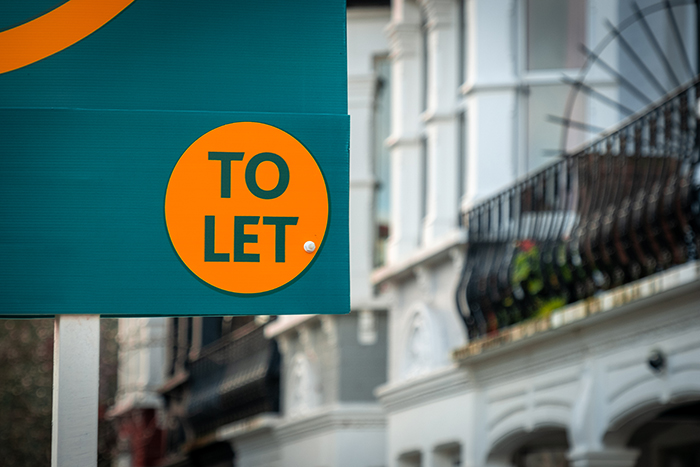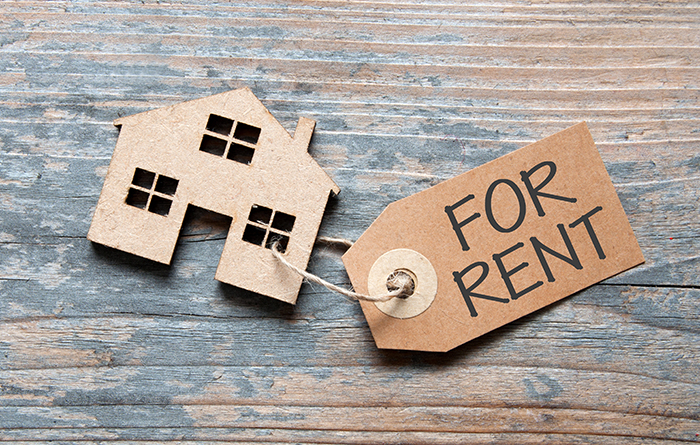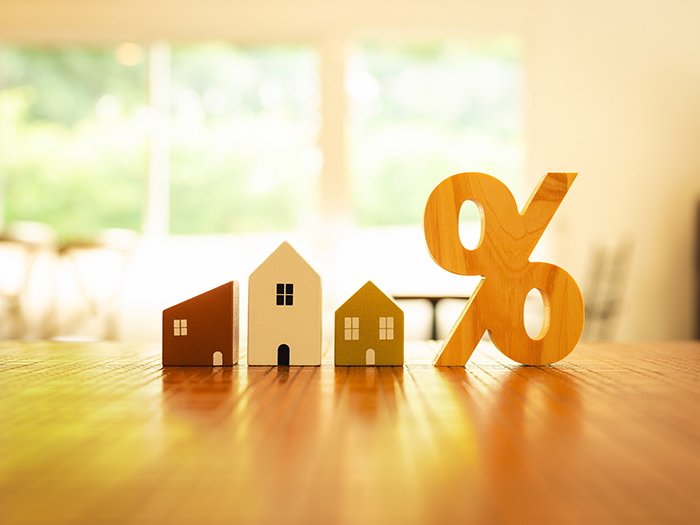
Average rents in the South of England cost 37% more than in the North of England in August, at £1,318 a month, data from Hamptons shows, the lowest figure since its records began in 2013.
This gap has closed from 43% last August and a peak of 55% in November 2021, according to the estate agent’s latest monthly lettings index. Average rents in the North last month came in at £960.
It adds that this data comes as rental growth on UK new lets eased to 5% to £1,369 last month, the slowest rate since August 2021 and less than half the peak of 12% posted last August.
But the report says, “these figures mask a regional divide”.
In the South, the rate of growth has fallen from 8.7% to 5% over the last year, while in the North of England, rents are still rising 9.6% year-on-year, at around the same pace as last year.
“Tenants moving home in the North East faced the biggest rent hikes across Great Britain,” the survey points out.
Last month, rents in the North East rose 12.1% year-on-year, marking the third month in a row of double-digit increases.
Meanwhile, Londoners saw the smallest rent rises in percentage terms, with rents up 2.1% year-on-year to £2,381, across Greater London, compared to 17.1% recorded last August.
The study says: “The North-South divide has been gradually closing over the last five years.”
Across the UK, average rents have risen 34% or by £349 a month over the last five years, costing the typical tenant an extra £4,184 each year.
Rents in the North are up 48%, outpacing the 34% growth recorded in the South.
“This predominantly reflects the house price cycle, with prices in the North catching up with the South over the last seven years,” the report adds.
The North West tops the rental growth league.
Here, average rents on newly let properties have increased by 53% since 2019, more than double the growth recorded in Wales, at 19%, the weakest-performing region. They have also increased in real terms, up 29% in the North West over the last five years.
Hamptons head of research Aneisha Beveridge says: “This narrowing [of the North-South divide] reflects the cyclical nature of the housing market with house prices in the North of England rising 31%, nearly double the Southern rate.
“These figures have been mirrored in the rental market, with rents in the North of England quickly playing catch up.
“But it’s only been in the last year that the gap has really started to narrow beyond the point we’ve previously seen.
“This has been driven by the slowing of rental growth across Southern England caused by greater affordability pressures.
Beveridge adds: “While tenants in the South have seen weaker growth in percentage terms, in cash terms, they’ve faced big rises.
“A 10% increase in South of England rents would cost tenants an extra £1,581 a year, £428 more than for a tenant in the North.
“Despite the pace of rental growth slowing, it’s remained resolutely in positive territory, triggered by landlord’s higher costs.
“Nearly half of the average monthly rent a landlord receives now goes towards costs. At the same time, investors are starting to think about the upcoming Budget.
“While recent Budgets have mostly left investors alone, landlords will be watching October’s announcement more closely than usual to get a steer on what they can expect from a Labour government.”



